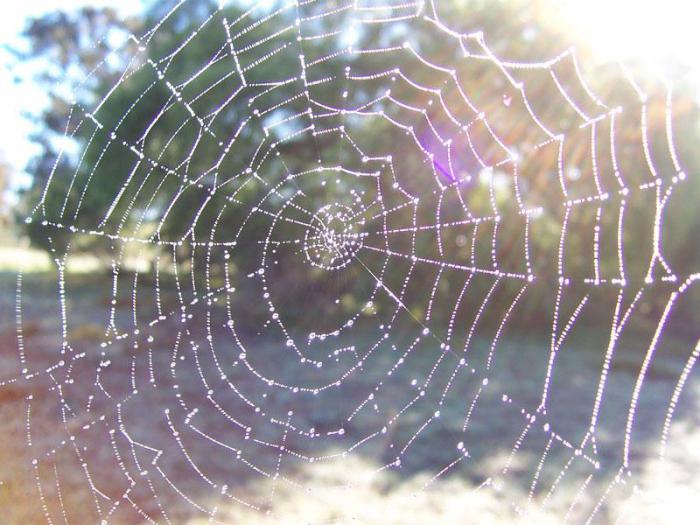Klyuchevskaya hill
Active volcanoes are the most vivid manifestation of the inner activity of our planet, the most interesting objects of geological research and tourist excursions, but also unpredictable sources of danger for people living near them. Volcanoes are also direct sources of minerals.
In Russia, the vast majority of volcanic mountains and all active volcanoes are located in the east of the country - on the peninsula of Kamchatka and the Kuril Islands. This area belongs to the so-called "fire ring", within which more than 2 / 3 active volcanoes
planet. Here there is a grand tectonic process of interaction of two large lithospheric plates - Pacific and Okhotsk. At the same time the Earth's crust of the Pacific Ocean, more ancient and heavier, submerges (subduces) under the Sea of Okhotsk and, melting at great depths, generates magmatic foci that feed the volcanoes of Kamchatka and the Kuriles.
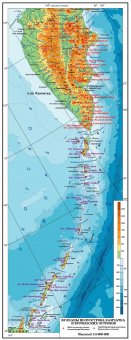 The uniqueness of the volcanic landscape is largely determined by the appearance of young and modern volcanic buildings. These are conical, often very regular, mountains with a cut top, where there is a crater or a larger failure or explosive cavity - the caldera. All the volcanic mountains known on the territory of the country are either young - erupted for the last few million years, or modern (Holocene), of which only a few are active today.
The uniqueness of the volcanic landscape is largely determined by the appearance of young and modern volcanic buildings. These are conical, often very regular, mountains with a cut top, where there is a crater or a larger failure or explosive cavity - the caldera. All the volcanic mountains known on the territory of the country are either young - erupted for the last few million years, or modern (Holocene), of which only a few are active today.
The question of which volcanoes are valid is disputed, since the rest period of many of them can significantly exceed the duration of observation. For example, on the Kamchatka peninsula the Nameless volcano before the catastrophic eruption of 1955-1956. did not show activity more than 1000 years and only conditionally applied to the acting. As a result of the study of Kamchatka volcanism, it is suggested that active volcanoes, for which historically documented or established by geological methods, at least one eruption for the last 3, 3, 5 thousand years, were repeatedly considered active.
As a rule, volcanoes that are not older than the Pleistocene have well preserved their typical forms for fire-breathing mountains; often with them are associated postvolcanic processes (fumaroles, hot springs).
The height of this record holder for the ascent to the skies is 5897 meters. The volcano is located in Ecuador, in South America, 50 kilometers south of the city of Quito. Its depth is 450 meters, and the size of the crater is 550 by 800 meters. From a height of 4700 meters the volcano covers the eternal snow. In 1942, its last major eruption took place, and to date it is relatively inactive, so it is especially popular among climbers, tourists and cyclists.
Cotopaxi is rightfully considered the most photogenic in Ecuador. Also, the volcano is characterized by very graceful craters and a riot of greenery on its foothills.
Sometimes in many sources it is erroneously given information that the highest active volcano is Ojos del Salado. But this statement is incorrect. Despite the fact that its height is equal to 6893 meters, the volcano is extinct and no eruptions have been recorded for it throughout the history of observations.
The key Sopka is the highest active volcano in Eurasia
Key Sopka (Klyuchevsky Volcano) - the highest active volcano Eurasia, located in Kamchatka, 60 kilometers from the coast of the Bering Sea near the village of Klyuchi. It is part of the Klyuchevskaya Sopka. From the very beginning of its functioning, and to the present day, there is no known decay period. Usually eruptions occur both in the form of outpourings, and in the form of explosions. Over the crater of the Klyuchevsky volcano, one can constantly observe smoke, and sometimes flashes of fiery lava.

The height of the snow-capped fiery mountain is 4750 meters. On the slopes of the ancient an extinct volcano the truncated cone of the Keyhole rises. Its diameter is about 15 kilometers, and the diameter of the crater is about 600 meters. As a rule, most of the eruptions are carried out from the summit crater.
Klyuchevsky volcano was formed about 5000 years ago for more than 100 eruptions. The most powerful eruptions occur in the 19th century. In total, scientists recorded more than 50 eruptions in the past 270 years.
It should be noted that the most active part of the Ring of Fire is the volcanoes of Kamchatka. Under the Fire Ring is understood the grandiose chain of volcanoes that border the Pacific Ocean. After all, Kamchatka is located at the junction of two major tectonic plates - the Pacific and Eurasian - and their movement and causes volcanic processes.
The key Sopka is also the highest active volcano in Russia.
Etna - the highest active volcano in Europe
It is located on the east coast of Sicily - Italy's largest island. Its height is 3380 meters. However, the height of Etna can not be specified precisely because of the constant emissions of slags and eruptions. The area of the volcano is 1250 square meters. kilometers. Etna has 400 craters due to lateral eruptions.

Usually the volcano produces its eruptions every three months, and sometimes more often. And once in 150 years, some village is erased from the face of the earth, lying at its foot. However, the local population does not betray this phenomenon of particular importance, and continue to grow vegetables, fruits, vineyards, as the soil here is very fertile and suitable for farming.
The first witness to the eruption of Etna was the Greek poet Pindar. So, the first eruption was recorded in 485 BC. And since that time the volcano has shown its activity many times. The longest in time volcanic eruption was in the 15th century, it lasted about 10 years. In 1991, the last powerful eruption took place, which led to the death of the town of Zafferan.
In 1981, around the volcano Etna was created a national reserve, which is a great pleasure to visit the crowds of tourists. Every day people from all over the world come here to admire the mighty power of the volcano and its incredible beauty. Especially good is the volcano visible in the morning, and in the afternoon it is covered with fog.
KEYCHEVSKAYA SOPKA - THE MOST HIGH VOLCANO OF EURASIA
Klyuchevskaya Sopka is the most famous in Russia and the highest active volcano in Eurasia, located in the Far East of the country. The Kamchatka River - the largest on the peninsula of the same name - bends around it, turning to the east. Stratovulkan Kliuchevskaya hill was formed in the Holocene, about 7 thousand years ago. The volcano is a cone of giant dimensions, composed of basalt flows, partly of andesite lava. Coming to admire the Klyuchevskaya hill is struck by this aesthetically correct cone, looming against the blue sky. From the side it seems that the volcano rises in proud solitude, but on closer inspection it turns out that it merges with the neighboring volcanoes Kamen, Flat Near and Flat Dalnaya.
The top of the Klyuchevskaya volcano and neighboring volcanoes cover a common cover of three dozen glaciers, from which powerful ice tongues up to 20 km long descend. The cone of the Klyuchevskaya hill is covered with barrancos - deep furrows extending from top to bottom and tapering closer to the base of the volcano. A distinctive feature of Klyuchevskaya Sopka lies in the fact that a column of smoke constantly rises above the main crater, frequent explosions occur in the crater with ejections of bombs and ash, fumaroles and solfatars are active on the slopes. It is considered that the height of the volcano is 4750 m, but depending on the eruption, its height varies within a hundred meters, rising to a level of 4850 m and above. According to the latest data, since the last eruption - August 15, 2013 - its height is 4835 m, but at any time it may decrease. At the foot of the volcano, coniferous forests grow (here most of them within Kamchatka), mainly represented by the Okhotsk larch and ayan's spruce.
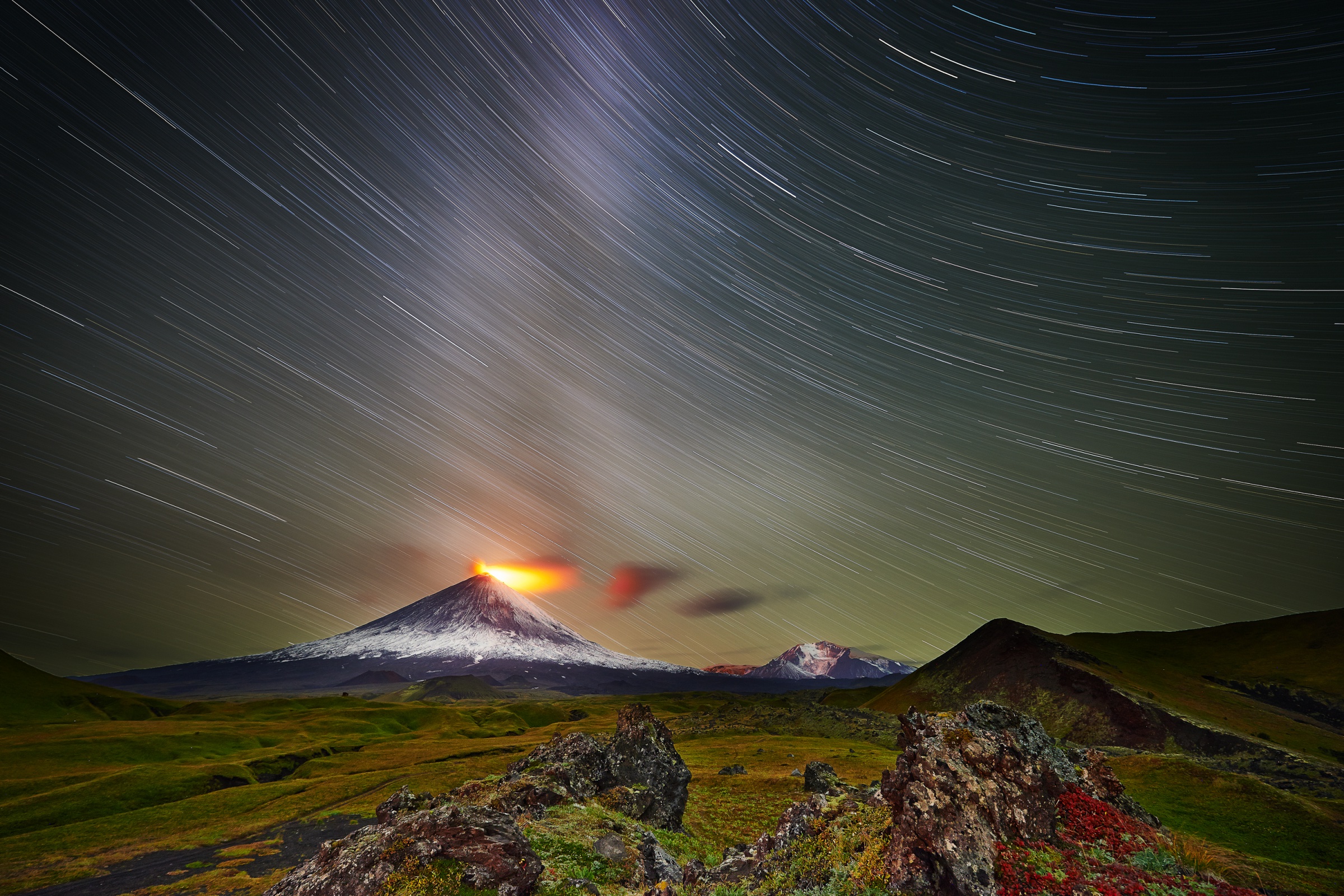
The first settlements in the Klyuchevskaya Hills region date back to the Stone Age, when Kamchatka was inhabited by Koryaks, Ainu and Itelmen. There is evidence that people here appeared earlier, even in the early Neolithic period. The main occupation of the local population has always been hunting and fishing. Since the XVII century. The Russians are embarking on the development of Kamchatka. Discovering the keys in the vicinities of the volcano with clear spring water, the Russian first settlers founded the village of Klyuchi here and on it also named the volcano Klyuchevskaya hill and the river Klyuchevka. The first mention of the volcano Kamchatka Mountain belongs to the Russian explorer Vladimir Atlasov (circa 1661 / 1664-1711) - the discoverer of Kamchatka - and refers to 1697-1698. The first to conquer Klyuchevskaya hill was the naval officer Daniil Gauss, who in 1788 arrived in Kamchatka as part of the Russian expedition of Captain Joseph Billings (1761-1806).

Accompanied by two satellites, whose names remained unknown, he ascended the slope of the volcano to the very top. Climbing without special means and proper experience was extremely risky, Gauss described it later: "... I expected to find my grave at every step, and, deep in thought, I surrendered to the will of the Most High. My curiosity carried me to the very top of the mountain to see the very crater there and give the offspring an interesting description ... ".
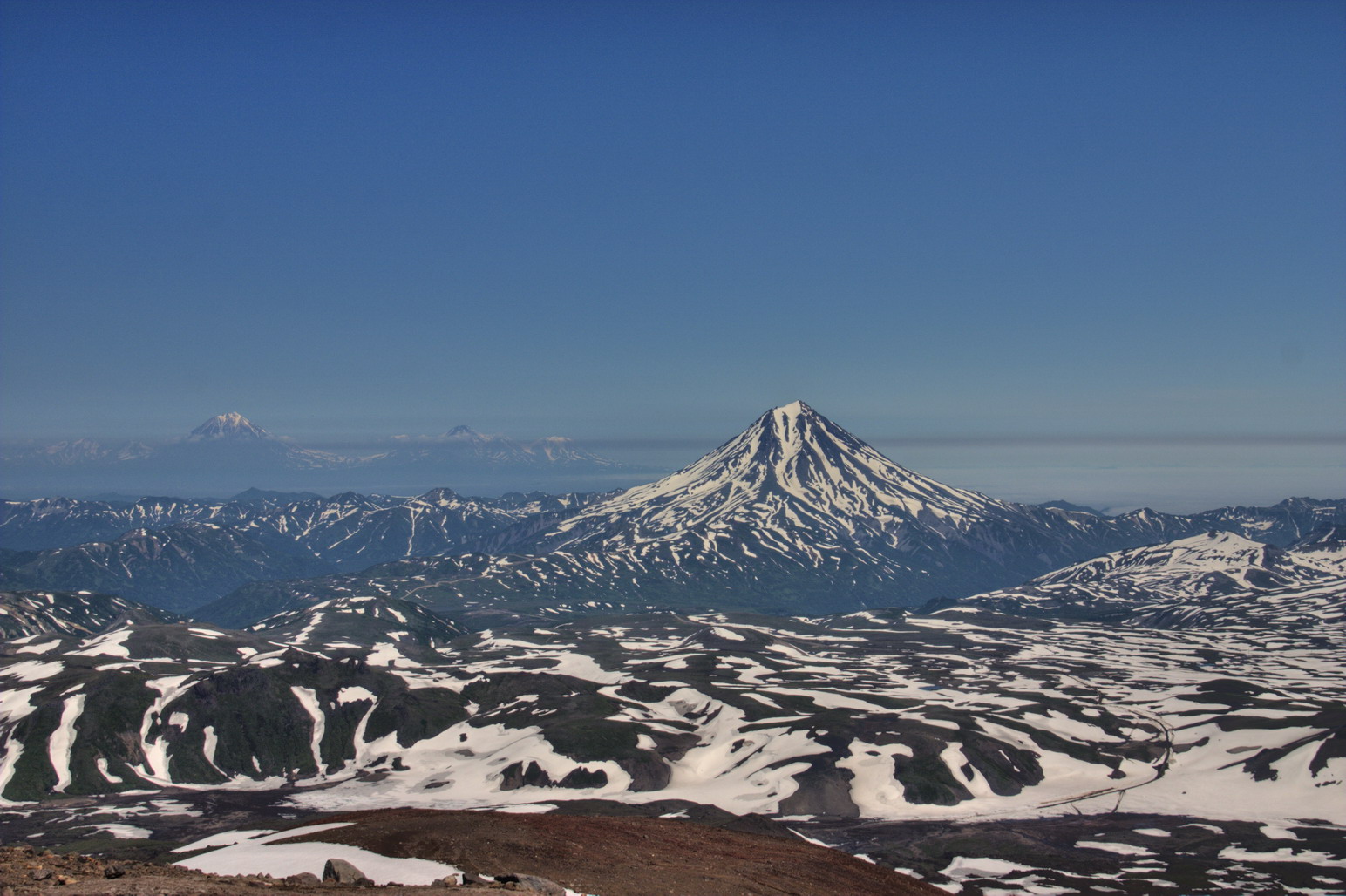
Six zones under the general name "Volcanoes of Kamchatka" are included in the UNESCO World Heritage List, and among them is the Klyuchevskaya Nature Park of regional importance. Klyuchevskaya Sopka is an active volcano on the Kamchatka peninsula. It is located in the key group of volcanoes. It is located in the middle of the Kamchatka River valley. At the foot of Klyuchevskaya Hill in the village of Klyuchi there is a volcanological station of the Institute of Volcanology of the Siberian Branch of the USSR Academy of Sciences. Local residents say that Klyuchevskaya hill is the home of the deceased, and they say that the volcano erupts when the dead are drowning the yurts with the bones of whales that they catch in the underground sea. For the activity of the Klyuchevskaya Hills, since 1697, the eruption of this volcano was described for the first time by a participant of the Second Kamchatka Expedition Stepan Krasheninnikov. Long-term observations of the behavior of the volcano made it possible to learn that, as a rule, Klyuchevskaya volcano erupts once in five to six years, and the most severe eruptions occur every quarter of a century.
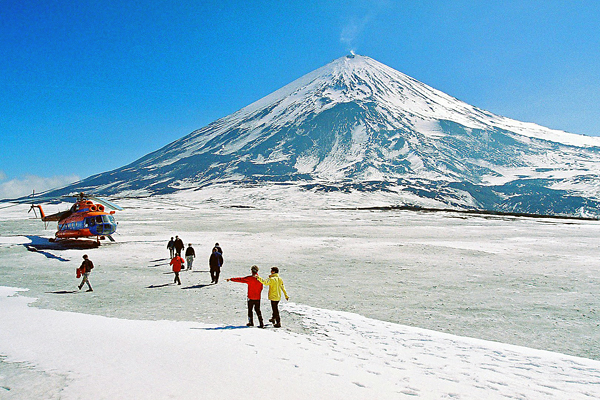
In the last three centuries there have been more than 50 on Klyuchevskaya Sopka strong eruptions, sometimes very powerful. When the volcano erupts, ashes, smoke and gas rise to a height of 20 km, and ashes, settling, scatter throughout the Eastern Hemisphere. As a rule, the flame escaping from the crater is visible for a week, but there have been cases, such as in 1727-1731, when the flame over the crater did not disappear for three consecutive years. Thus, during the strongest eruption of 1853, huge streams of lava flowed down the valley of Kamchatka and reached settlements on the river. In 1932, the first volcanic eruption in the history of the volcano's study occurred (outside the main crater). With the eruption of 2004-2005. The column of ashes rose to a record height of 8000 m for Klyuchevskaya hill.
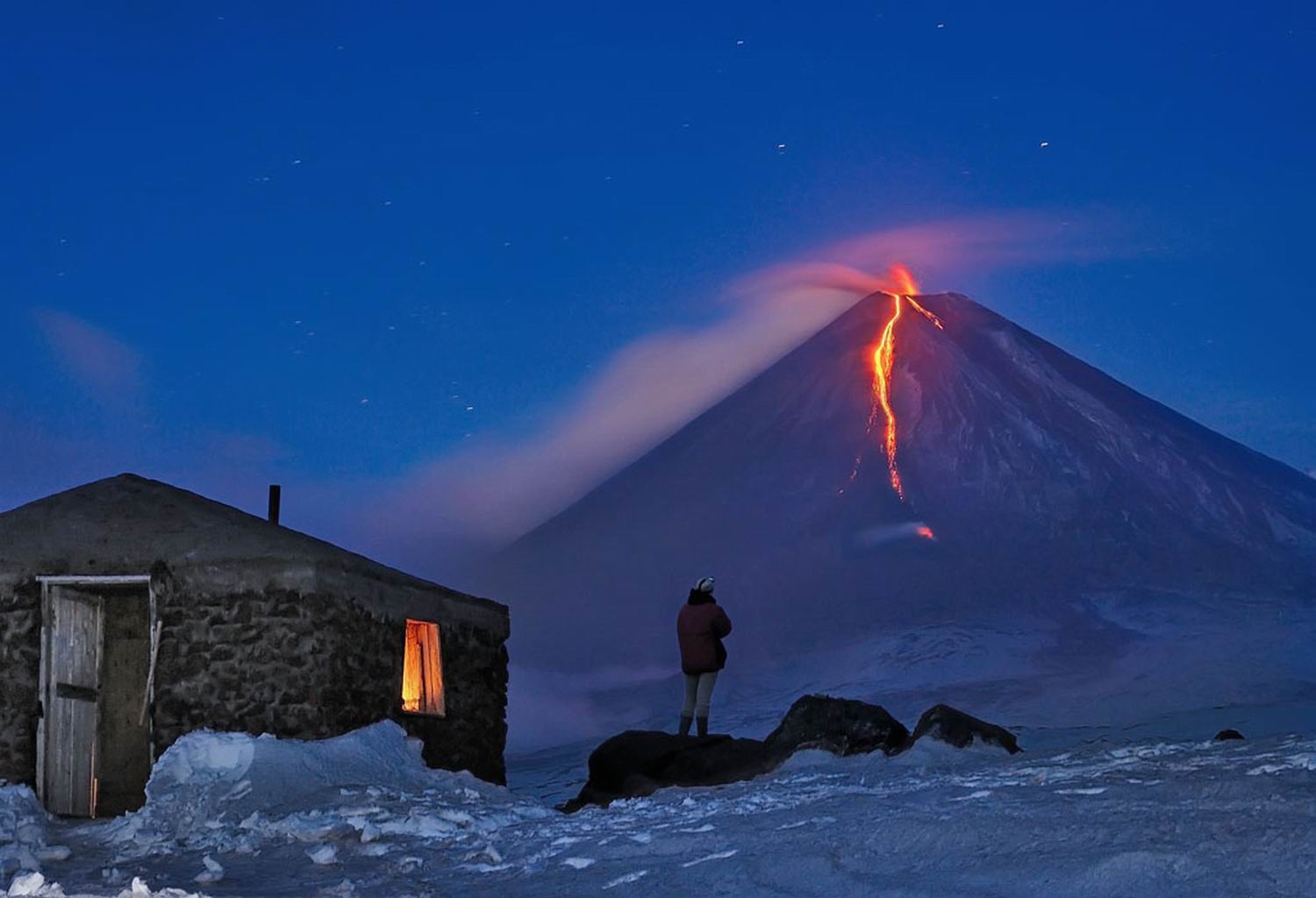
The last eruption of Klyuchevskaya Sopka was recorded on August 15, 2013. In the immediate vicinity of the volcano, at a distance of 30 km, there is only one village - Klyuchi, based on the site of the large prison Nizhnekamchatsk - one of the first Russian Cossack jails in Kamchatka. The village is surrounded by mountains and forests, inhabited by brown bears and lynxes. In 1731, it was completely burned during the Kamchatka revolt against excessive taxation and reinstated in 1741. In Kamchatka, in 1935, the Kamchatka volcanological station of the Institute of Volcanology of the Far Eastern Branch of the Russian Academy of Sciences was opened, and since then constant observations have been made here for the volcanoes of the entire key group. The local population is engaged in gardening, breeding cattle and fishing. But even remoteness from the volcano does not save from the consequences of eruptions - it is so great and powerful.
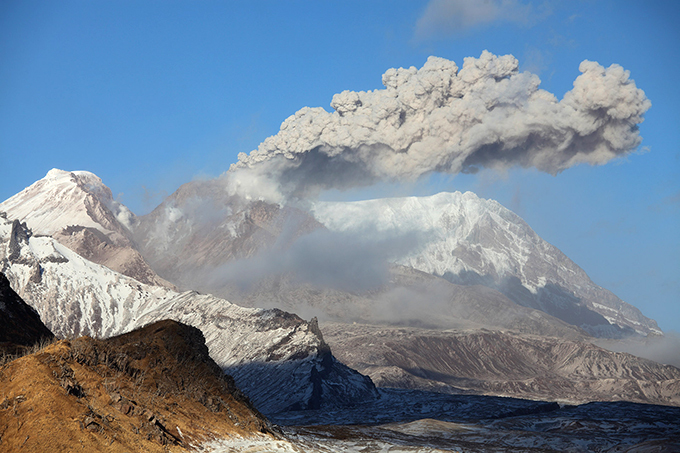
In 2010, there was an eruption of Klyuchevskaya Sopka, an ash falls, and the village of Ust-Kamchatsky, located 150 km from the volcano, was almost completely flooded. There are many who want to admire the Klyuchevskaya hill, many here attract the opportunity to witness an unusual atmospheric phenomenon. Sometimes a strange cloud forms above the volcano, similar to a wide cone, covering the top of the volcano, like a mushroom cap. The phenomenon evokes a keen interest of ufologists, but it is explained entirely by terrestrial reasons: it is a biconvex cloud, better known as the "cloud-cap". It arises from the accumulation of moist air flows at the top. Tourists are always warned about security measures: the treacherous Klyuchevskaya hill is confidently holding the first place among the other Kamchatka mountains by the number of deaths on its slopes.
Perfectly symmetrical, snow-covered "fiery mountain" is not only the highest active volcano of Eurasia, it is also the most active. From the very beginning of its functioning and up to now, not a single long period of its decay has been known. The truncated cone of the Klyuchevskaya volcano rises on the slopes of an ancient extinct volcano. 340 km 3 ashes and lavas managed to accumulate here in just 50 thousand years, which have passed since the last interglacial epoch. Diameter foundations Klyuchevskaya hills - about 15 km, the diameter of the crater - 550-600 m, steepness of the slopes - 32-33 degrees.

Eruptions occur both in the form of explosions, and in the form of outpourings. The slopes of the volcano are covered with numerous cones and craters formed by more than 100 slope eruptions in the last 3000 years. However, most of the eruptions come from a vertex crater with a diameter of 550-600 m.

The height of the Klyuchevskaya hill - 4 850 meters can change with the next eruption. After the volcano last spoke formidably in 2009, its height still approached the round figure of 5,000 meters.

"Fire zone" - Kamchatka - is located at the junction of two major tectonic plates, the Eurasian and Pacific, whose movements are caused by volcanic processes. On the eastern coast of the peninsula, on the territory of ¼ Sicily there are about 330 volcanoes, of which 29 are active. Volcanoes of Kamchatka are the most active part of the Fiery Ring - a grandiose chain of volcanoes bordering the Pacific Ocean.



